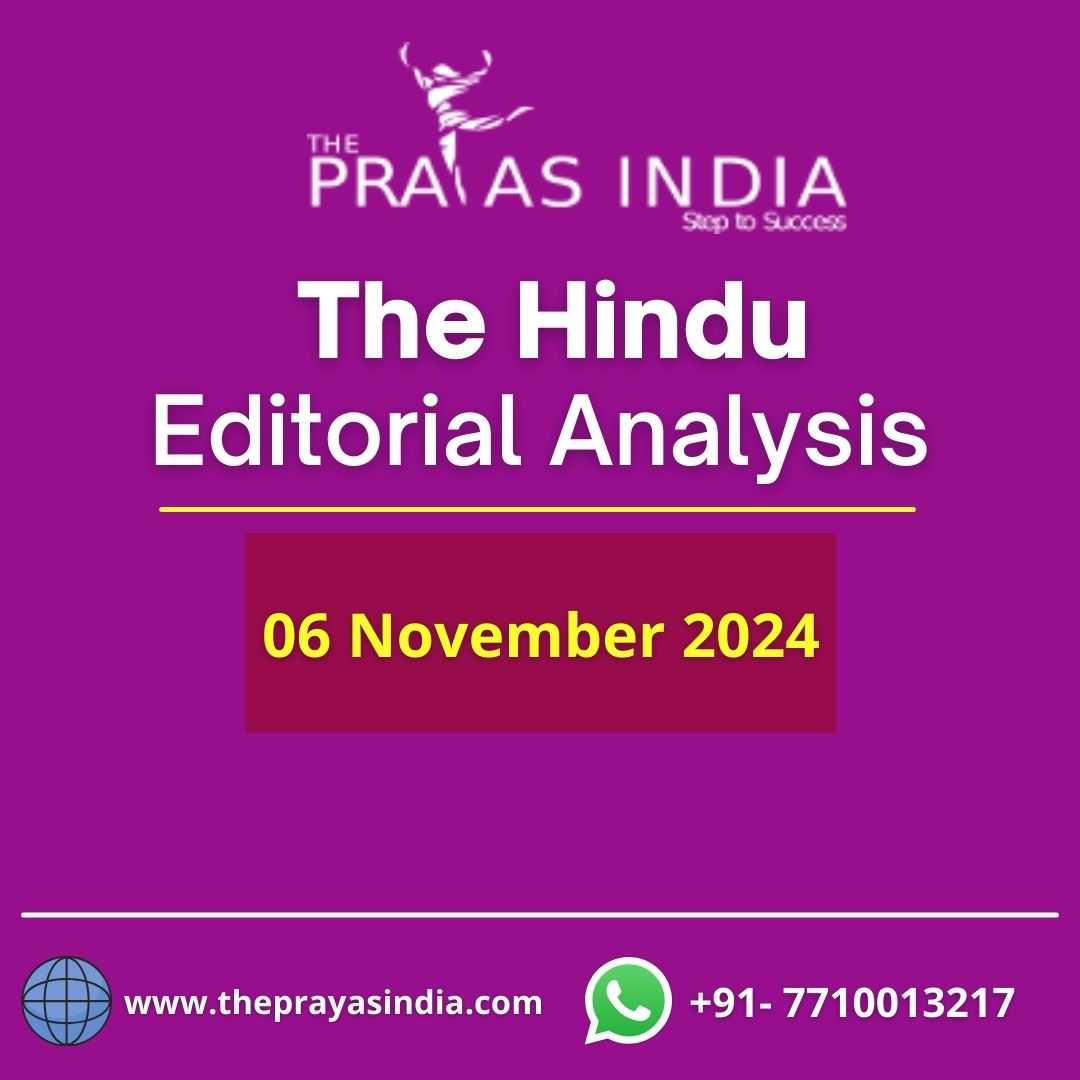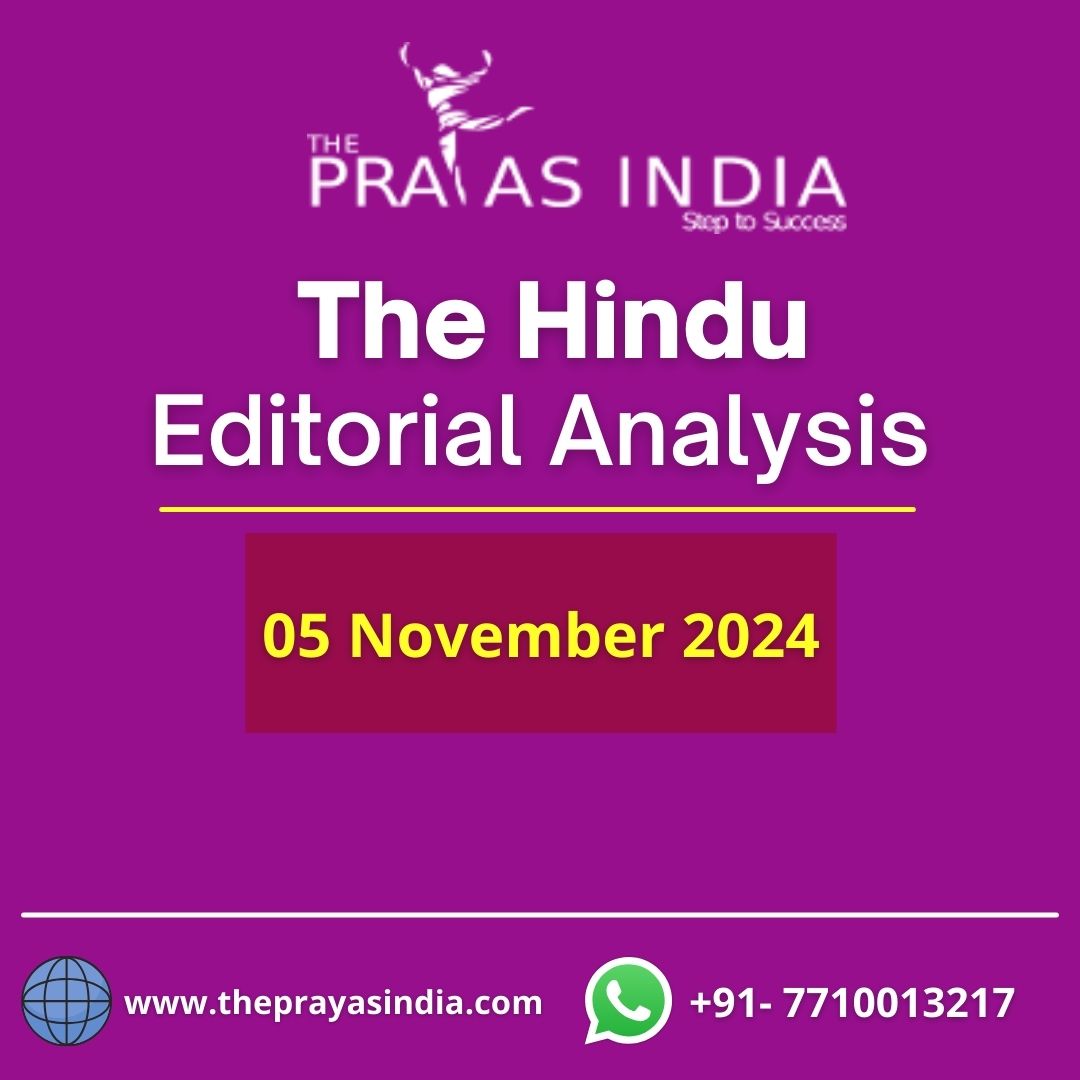Measuring Unemployment in India
Context:
- The Periodic Labour Force Survey (PLFS), which was published in 2017, showed that India’s unemployment rate was the highest ever reported at 6.1%. In the PLFS for 2021–22, unemployment decreased to 4.1%, a significant decrease from its prior level but still higher than in certain developed nations.
How to define unemployment:
- Joblessness is not the same as being unemployed.
- Unemployment is defined by the International Labour Organisation (ILO) as not having a job, being available to take one, and actively looking for one.
- A person who loses a job but does not look for another one is not considered to be unemployed.
- The total of employed people and unemployed people is referred to as the labour force.
- Students and those performing unpaid domestic work are examples of people who are not regarded to be part of the labour force.
- The ratio of jobless people to the work force is used to calculate the unemployment rate.
- If an economy is not creating enough jobs or if people choose not to look for work, the unemployment rate may also decline.
India’s unemployment rate:
- In a developing economy, the situation is challenging because choosing to look for work is limited by societal conventions.
- In a 2009–10 poll by the National Sample poll Organisation (NSSO), 33.3% of rural women and 27.2% of urban women aged 15 and over who were working as domestic helpers said they would be eager to work if a job opportunity were made available within the home.
- The informal nature of work makes it challenging to measure unemployment in India.
- Contrary to developed economies, people do not work at the same job all year. A person might not have a job this week but may have worked as a farmer for the majority of the year and as a temporary worker last month.
- The Usual Principal and Subsidiary position (UPSS) and the Current Weekly Status (CWS) are the two main classification methods used by the NSSO to categorise a person’s working position in India.
- The primary status of an individual—either employed, jobless, or out of the labour force—is determined by the activity in which they primarily engaged in the preceding year.
- If a person participated in some economic activity in a subsidiary function for a period of not less than 30 days while maintaining their principle status as not being a worker, they would still be considered to be employed for purposes of the UPSS.
- The CWS uses a reference period that is one week shorter. If a person worked for at least an hour on at least one day during the seven days prior to the survey date, they are considered to be employed.
- Because there is a higher likelihood that someone would obtain job over a year as opposed to a week, UPSS unemployment rates will always be lower than CWS rates.
The result of lockdown:
- The lockdown, which was announced in March 2020, severely damaged the Indian economy.
- The PLFS unemployment rates, which cover the period from July one year to June the following, did not, however, take this into account.
- The lockdown would have been covered in the fourth quarter of the 2019–20 PLFS, with its consequences being felt in the fifth quarter of the following year.
- However, in 2019–2020 and 2020–21, unemployment rates—as determined by the UPSS and CWS standards—fell.
- During the lockdown quarter, unemployment increased but then fell off. A spike this significant in CWS unemployment over the course of the year is not expected.
Conclusion:
- It appears that unemployment will play a significant role in the future election. It is crucial to comprehend how it is defined and assessed in a developing economy in order to effectively combat it.




